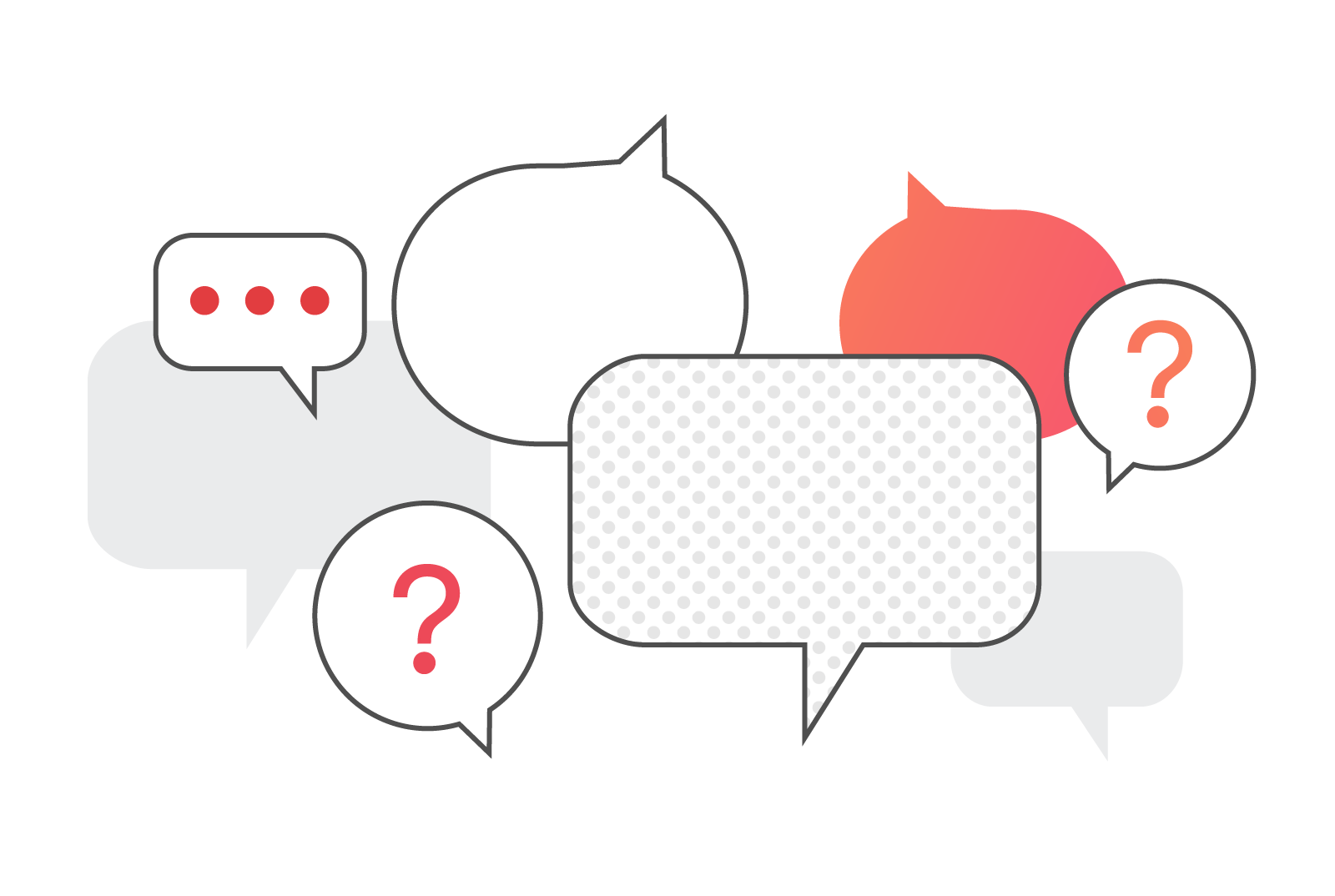How do you improve workplace communication? Ask questions

Sometimes the best way to have a constructive conversation is to give a little less advice and ask a few more questions.
When you shift from giving advice and offering solutions to asking questions, you might at first feel a little anxious. You might wonder, “How can I be helping if I’m just pestering with questions?” But if you think about it, asking questions can be a great way to practice mindful communication.
To be mindful of communication essentially means to listen and think before speaking, to be mindful of what you say, to communicate with kindness and awareness. You can see how asking questions, in the right way, is a form of mindful communication—you need to stop and listen to the answers rather than jumping in to express your own thoughts.
Your asking the right questions enables you and your teammates to come up with a successful game plan in a much more efficient way than if you had merely leapt in with your own solutions.
How do questions improve communication at work?
For starters, asking questions provides you with feedback, as the answers you receive will offer insight into the situation at hand. The answers will also reassure you that you’re being helpful, even if you don’t feel like you are doing much by simply asking questions.
We’re used to a work culture that rewards advice through praise and promotion. Giving advice presents the illusion that you’re adding value to a conversation and holding control of the interaction. Asking questions instead means relinquishing some of that power and, in doing so, empowering the other person in the conversation. This changes the communication dynamic between managers and their reports—almost always resulting in a positive exchange.
Perhaps the best news of all is that when you know what questions to ask and how to ask them, you can run through such a conversation in 10 minutes or less. Imagine that—a quick and productive meeting with a clear solution, an empowered employee and a happy manager at the end of it all.
Types of questions to ask to communicate effectively
The trick to asking questions well is knowing your questions and knowing your audience—being mindful. In order to shape the conversation, keep in mind these key questions and the ways in which to ask them:
The kickstart question: What’s on your mind?
A good opening question is key, and asking a kickstarter like this will begin the conversation quickly and effectively—no need for useless banter. This question gets right down to business without being too aggressive or pointed.
The AWE question: And what else?
This is the best coaching question in the world. The first answer someone gives is rarely the best one, so when you ask this question, you’re essentially asking the other person to generate more ideas and possibilities. It also buys you a little time if you’re not sure about the situation, while keeping you from jumping in with advice.
A good opening question is key, and asking a kickstarter like this will begin the conversation quickly and effectively.
The focus question: What’s the real challenge here for you?
So that you can really hone in on an issue, first find out directly from the source exactly what it is—before you’ve jumped in to help with something that isn’t the real problem.
The foundation question: What do you want?
Find out what your team member wants. It’s as simple as that. They might want something small or big, and thanks to this question, you’ll learn which—while leaving them feeling empowered.
The lazy question: How can I help?
This question encourages your teammate to come up with a direct request, and in so doing decide for themselves what it is they need from you exactly. This question also helps you work on the things that matter most, instead of working on everything.
The strategic question: If you’re saying yes to this, what are you saying no to?
Everyone needs a little help prioritizing now and then. This question will help the other person understand that they can drop a task to make room for something more important, so they don’t feel as though they are constantly taking on more without there being any room for relief.
The learning question: What was most useful for you?
This question encourages the other person to identify the real point of the conversation they’ve just had with you, and once you’ve acknowledged that point, you can both walk away feeling that the conversation was constructive.
Asking questions shows your curiosity and care for the person coming to you with a request. It also forces that person to figure out what they want and need and, as a result, it helps you both identify an outcome and a clear path to get to it. All of this can be achieved in an open, constructive, and positive discussion—and that’s precisely what mindful communication is all about.
Michael Bungay Stanier is senior partner and founder of Box of Crayons and author of The Coaching Habit: Say Less, Ask More & Change the Way You Lead Forever.
More Issues
